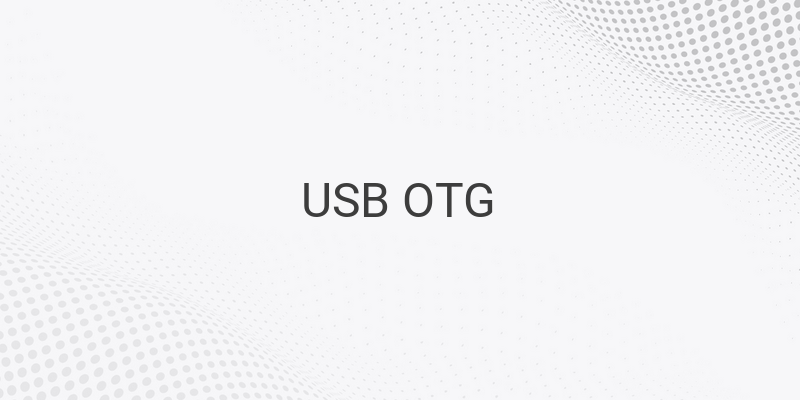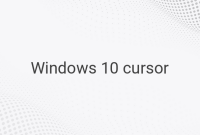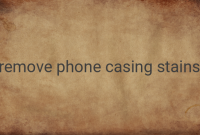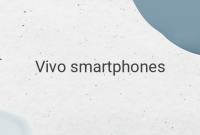Are you tired of using a floppy disk or CD to transfer data between devices? The solution is here – the USB flash drive! With a larger storage capacity than its predecessors, the USB flash drive has revolutionized data transfer. But did you know that USBs are no longer limited to use on personal computers and laptops? With USB On-The-Go (OTG), you can now connect your USB to your smartphone or tablet! In this guide, we’ll show you everything you need to know to use USB OTG on your Android device.
Check Compatibility
First things first, not all Android devices support USB OTG. To avoid frustration, check if your Android device is compatible with USB OTG. You can check the device’s box or the manufacturer’s website for specifications. Look for the logo shown below to confirm compatibility.
Alternatively, visit sites like GSMArena to verify if your device supports USB Host. If you want a quicker way to confirm compatibility, consider installing apps like USB OTG Checker from the Play Store. This app will provide the answer you need in no time!
Get the Right Tools
Once you’ve confirmed that your device is USB OTG compatible, it’s time to get the necessary tools. You will need to purchase a USB OTG cable, which usually costs around 50,000 IDR. It’s best to bring your phone or tablet when purchasing the cable so you can test it immediately. Keep in mind that USB ports vary in shape and size among devices, so test the cable and port compatibility before purchasing.
How to Use USB OTG on Your Android Device
With your USB OTG cable, you’re now ready to transfer files between your USB and Android device! Follow these simple steps below:
1. Connect your USB flash drive to the USB OTG cable and connect that cable to your device.
2. Open the File Manager app on your Android device. If your phone doesn’t have a built-in File Manager app, download one from the Play Store.
3. Look for the name of your USB flash drive in the File Manager. The name of the USB drive may vary depending on the device you are using.
4. Once you’ve located the files you want to transfer, select them, and copy or move them to your Android device.
5. After using the USB OTG, don’t remove the USB right away as doing so can damage the device. Instead, go to Settings > Storage, click Unmount External Storage in the USB Storage, wait, then remove the USB.
By following these simple steps, you can easily transfer files between your USB and Android device. Say goodbye to trying to transfer files using those outdated floppy disks and CDs. USB OTG has made data transfer faster and easier than ever before.




